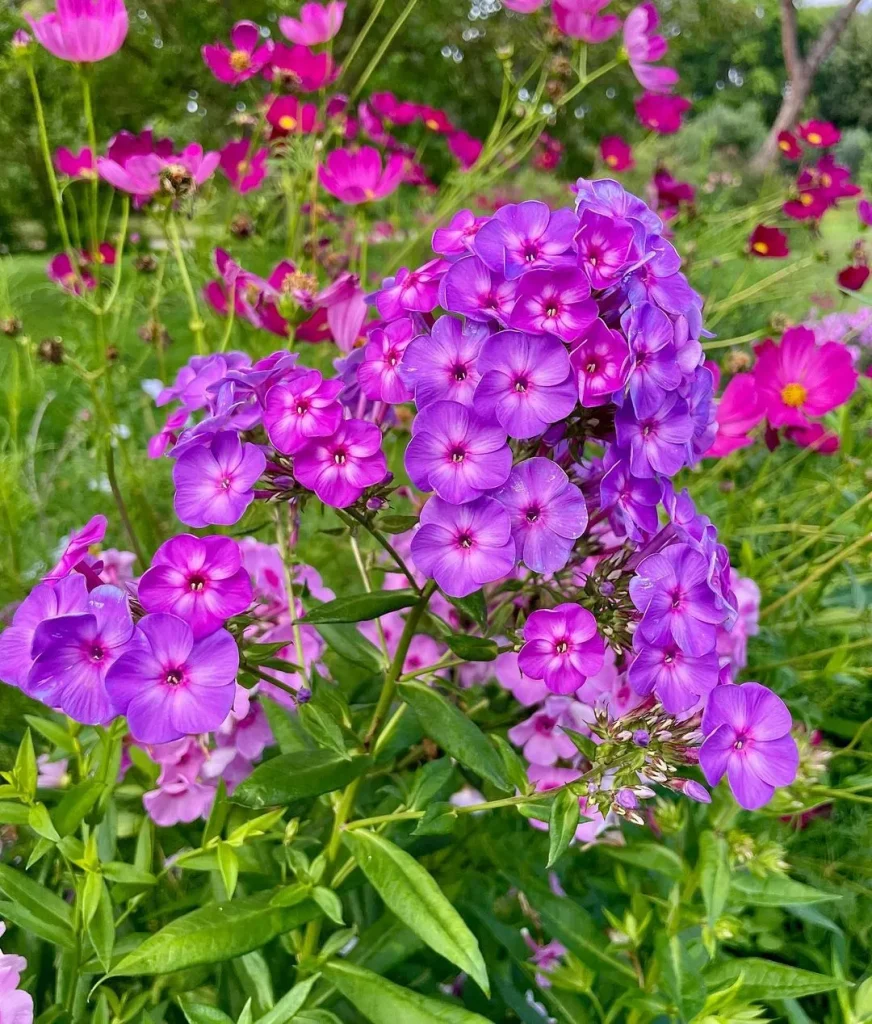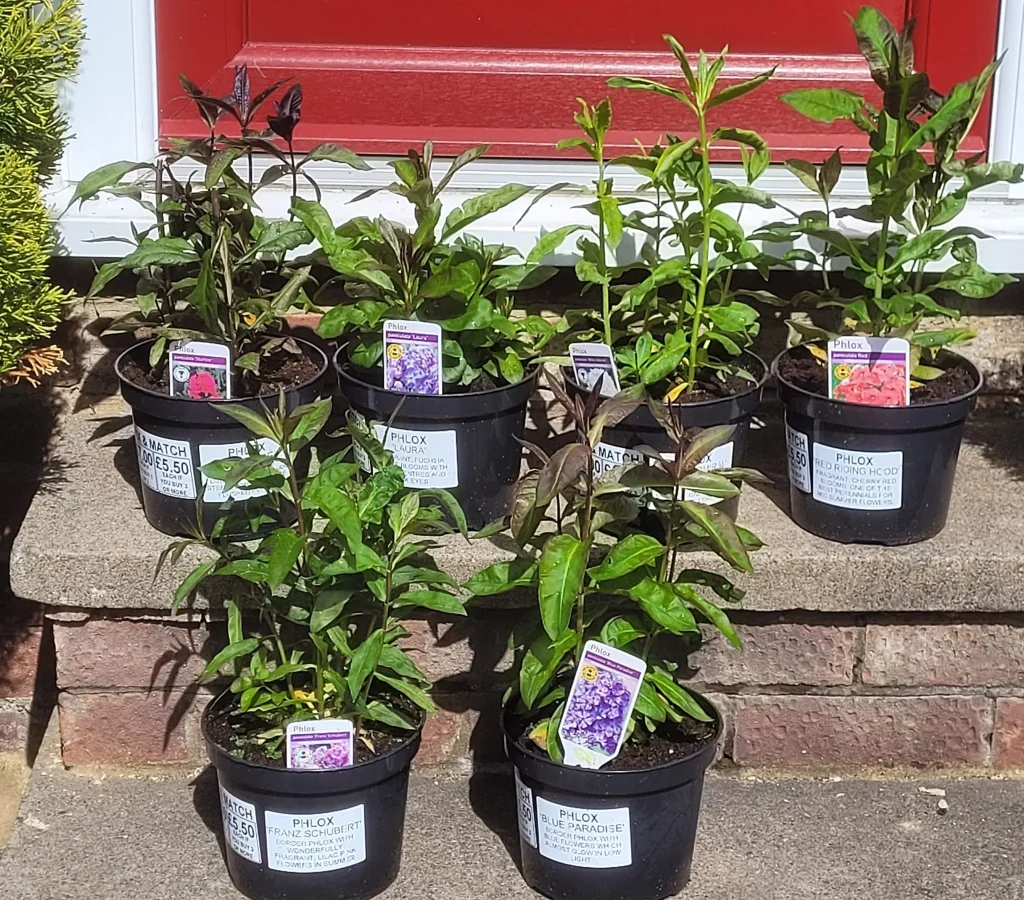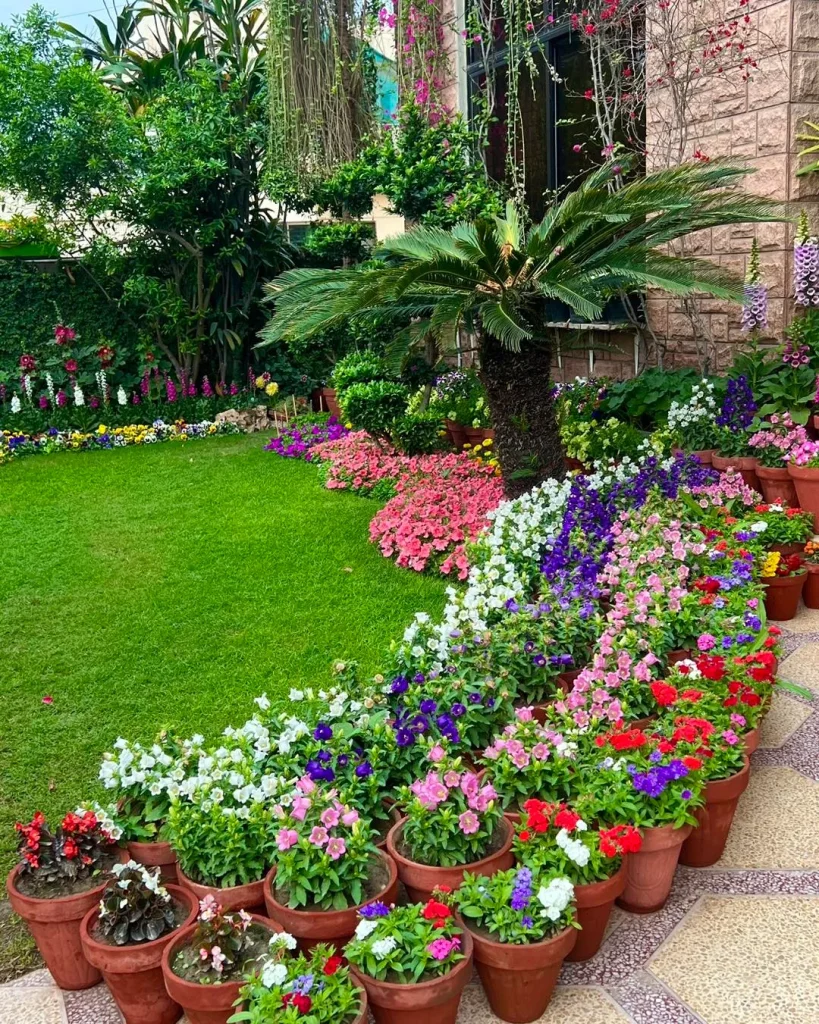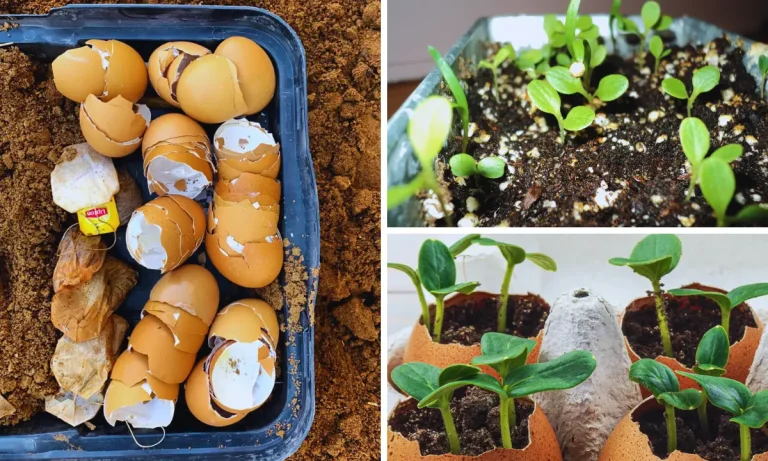How to Grow and Care for Creeping Phlox: Easy Care Tips
Creeping phlox (Phlox subulata) is a low-growing, spreading groundcover that produces vibrant, fragrant flowers in shades of pink, purple, and white. This perennial plant is a popular choice for gardeners looking to add color and texture to their landscapes.
With its ability to thrive in poor soil and withstand drought, creeping phlox is an ideal option for areas with challenging growing conditions.

In this article, we’ll explore how to grow and care for creeping phlox, including tips on planting, propagation, and maintenance.
| Botanical Name: | Phlox Subulata (Family: Polemoniaceae) |
| Common Name(s): | Creeping Phlox, Moss Phlox |
| Plant Type: | Semi-evergreen perennial |
| Mature Size: | 4 to 6 inches |
| Sun Exposure: | Full Sun to Partial Shade |
| Water Needs: | Minimal |
| Soil Type: | Moist, well-drained soil |
| Soil pH: | 6.0 to 8.0 (moderately acidic to slightly alkaline) |
| Bloom Time: | Spring |
| Maintenance: | Low |
| Flower Color: | White, pink, red, lavender, bluish-purple |
| Hardiness Zones: | 3B through 10 (USDA) |
| Toxicity: | non-toxic |
Planting Creeping Phlox

Bring vibrant spring color to your garden with creeping phlox! This guide provides simple steps to ensure successful planting:
Sunlight Requirements
Creeping phlox thrives in full sun, meaning at least six hours of direct sunlight per day. While it can tolerate partial shade, flowering may be reduced in areas with limited sun exposure.
Soil Conditions
Well-draining soil is crucial for creeping phlox to prevent root rot. Ideally, the soil should be loose, fertile, and slightly alkaline. Amending heavy clay soils with organic matter such as compost or peat moss can improve drainage and provide essential nutrients.
Planting Time
The optimal time to plant creeping phlox is in the spring or fall when temperatures are moderate. This allows the plants to establish a strong root system before the heat of summer or the cold of winter.
Spacing
Spacing depends on the variety and desired coverage speed. Generally, individual plants should be spaced 12 to 18 inches apart. This allows enough room for growth and spread while creating a dense, weed-suppressing mat over time.
Caring for Creeping Phlox

Keep your creeping phlox thriving with these easy care tips! This low-maintenance perennial requires minimal effort to ensure vibrant blooms and healthy growth:
Watering
Creeping phlox is relatively drought-tolerant once established. However, regular watering is essential during the first year and during periods of extended drought. Water deeply at the base of the plant, ensuring the soil is moist but not soggy. Avoid overhead watering, as this can promote fungal diseases.
Fertilizing
Creeping phlox is not a heavy feeder. A light application of a balanced, slow-release fertilizer in early spring can provide sufficient nutrients for the growing season. Alternatively, topdressing with compost or well-rotted manure can enrich the soil and promote healthy growth.
Mulching
Applying a layer of organic mulch, such as bark chips or shredded leaves, around creeping phlox plants offers several benefits. Mulch helps retain soil moisture, suppress weed growth, and regulate soil temperature. Additionally, it gives the planting bed a tidy appearance.
Pruning
While not strictly necessary, light pruning after the blooming period can encourage bushier growth and prevent the plants from becoming leggy. Simply trim back the stems by about one-third using sharp pruning shears. Deadheading spent flowers can also promote additional blooms and maintain a neat appearance.
Propagation
Creeping phlox is easily propagated through several methods:
- Stem Cuttings: Take 4-6 inch cuttings from healthy stems in late spring or early summer. Remove the lower leaves and place the cuttings in a moist potting mix. Keep the cuttings in a warm, bright location until roots develop.
- Division: Mature clumps of creeping phlox can be divided in early spring or fall. Dig up the entire plant and gently separate it into smaller sections, ensuring each division has a healthy root system. Replant the divisions at the same depth as the original plant.
- Layering: In spring, bend a low-growing stem to the ground and cover a portion with soil, leaving the tip exposed. Roots will develop at the buried section, and the new plant can be separated from the parent plant in the following spring.
Pests and Diseases
Creeping phlox is generally pest and disease resistant. However, it can occasionally be susceptible to issues such as spider mites, powdery mildew, and root rot.
- Spider mites: These tiny pests can cause stippling and yellowing of leaves. Treat infestations with insecticidal soap or neem oil.
- Powdery mildew: This fungal disease appears as a white powdery coating on leaves. Ensure adequate air circulation and avoid overhead watering. Severe cases may require treatment with a fungicide.
- Root rot: This often fatal condition is caused by poorly draining soil and overwatering. Ensure proper soil drainage and avoid overwatering.
Creeping Phlox Varieties
Numerous creeping phlox cultivars offer a wide range of colors and growth habits. Some popular choices include:
- ‘Candy Stripe’: Features white flowers with a pink stripe down the center of each petal.
- ‘Emerald Blue’: Displays vibrant blue flowers with a contrasting white eye.
- ‘Scarlet Flame’: Produces bright red flowers that create a bold statement in the landscape.
- ‘White Delight’: Offers pure white flowers for a classic and elegant look.
With its vibrant blooms, easy care requirements, and adaptability, creeping phlox is a valuable addition to any garden. By following these guidelines, you can ensure your creeping phlox thrives and provides a beautiful display of color for many years to come.
You are absolutely right, I apologize for the incomplete response. Here’s the remaining section of the article to provide a comprehensive guide to growing and caring for creeping phlox:
Landscaping Uses

The versatility of creeping phlox makes it suitable for a variety of landscaping applications:
- Groundcover: Its spreading habit effectively fills in bare areas, suppresses weeds, and provides erosion control on slopes.
- Rock Gardens: The cascading growth habit of creeping phlox softens the hard edges of rocks and adds a splash of color to rock gardens.
- Borders: Plant creeping phlox along walkways or flower bed edges to create a colorful and defined border.
- Containers: Its trailing stems make it an attractive option for hanging baskets or container plantings.
- Companion Plants: Creeping phlox pairs well with various spring-blooming bulbs such as tulips and daffodils, as well as other perennials like daylilies and irises.
Creeping Phlox: A Delightful Addition to the Garden
Creeping phlox is a low-maintenance, versatile plant that rewards gardeners with a vibrant display of spring color. Its adaptability to various growing conditions and ease of care make it a suitable choice for both novice and experienced gardeners. By understanding its basic requirements and providing proper care, you can enjoy the beauty of creeping phlox in your garden for years to come.





